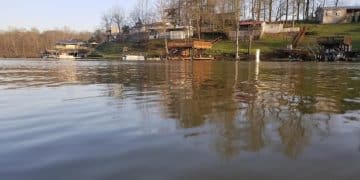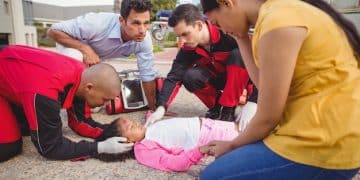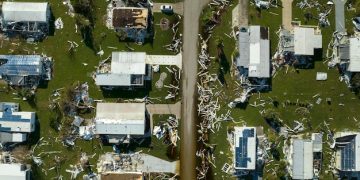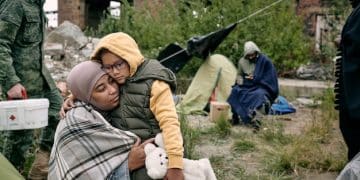Community disaster preparedness: National risk index and vulnerability
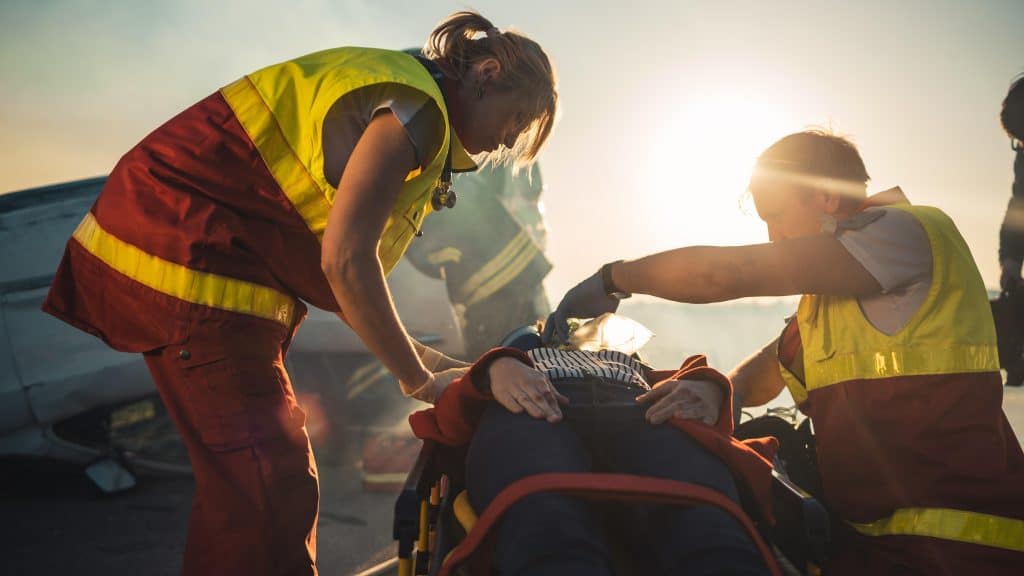
The National Risk Index provides key data on community vulnerability and resilience to natural hazards. It supports leaders and residents in strengthening community disaster preparedness and mitigation strategies.
In an era marked by increasing climate volatility and intensifying extreme weather events, understanding a community’s susceptibility to disasters is no longer a luxury but a fundamental necessity.
This article explores how to assess the latest National Risk Index data for disaster vulnerability, offering insights for fostering genuinely resilient communities and advancing community disaster preparedness.
Understanding the National Risk Index: A foundation for preparedness
The National Risk Index (NRI), a comprehensive data set and online tool developed by FEMA, provides a holistic view of community-level risk for various natural hazards.
It helps local officials, emergency managers, and the public understand hazard risks in their area.
By integrating data on hazard exposure, socioeconomic vulnerability, and resilience, the NRI offers a quantifiable score that communities can use to prioritize mitigation efforts and strengthen community disaster preparedness.
This index moves beyond identifying hazards; it measures how likely a community is to be negatively affected and how well it can recover.
The NRI covers 18 hazard types, from earthquakes and floods to wildfires and hurricanes. This multi-hazard perspective prevents communities from focusing on one threat while overlooking others.
For example, a region aware of flood risks might neglect drought susceptibility, something the NRI highlights to improve community disaster preparedness.
Key components of the National Risk Index
To accurately assess risk, the NRI breaks it down into three primary components: Expected Annual Loss, Social Vulnerability, and Community Resilience.
- Expected Annual Loss (EAL): Average yearly losses from natural hazards, including buildings, crops, and economic disruption.
- Social Vulnerability (SV): The susceptibility of social groups to impacts of disasters, influenced by poverty, age, disability, and housing.
- Community Resilience (CR): A measure of how well a community can resist, absorb, and recover, tied to emergency planning and healthcare.
These factors interact dynamically. A community with high losses but strong resilience may recover faster than one with lower losses but poor resilience.
This combined data is essential for community disaster preparedness.
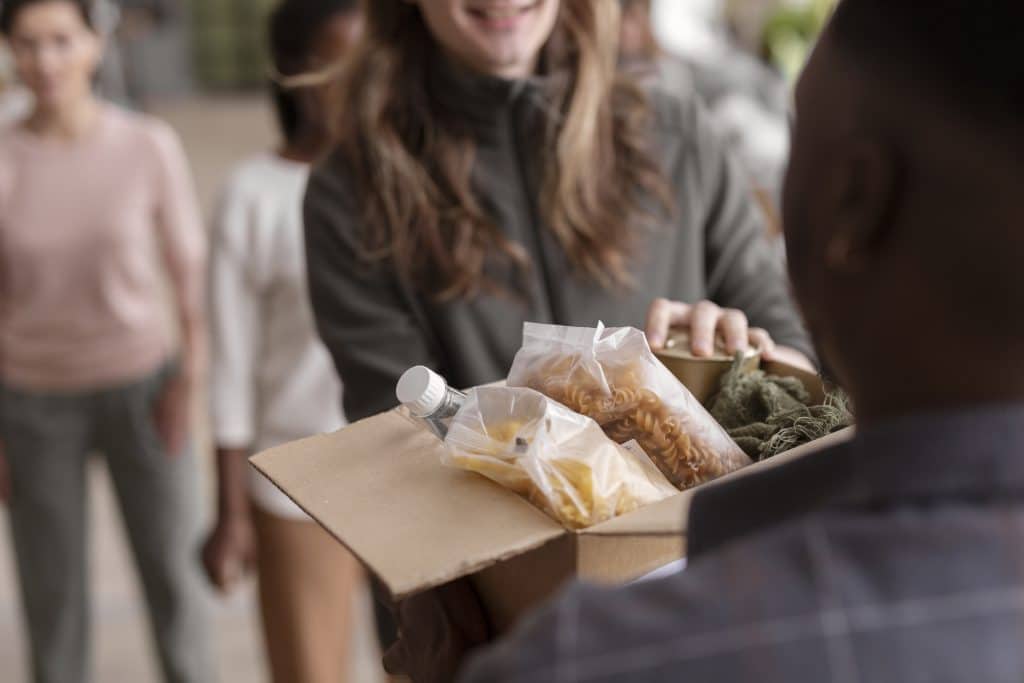
Deciphering the data: How to interpret Risk Index Scores
The NRI presents results in numerical scores and risk ratings, from “Very Low” to “Very High.” Understanding these scores helps leaders design targeted strategies for community disaster preparedness.
Two communities with the same “High” risk may differ: one with high losses but strong resilience, and another with lower losses but high vulnerability.
Tailored solutions are crucial, whether infrastructure upgrades or social programs, to advance community disaster preparedness.
Risk levels and their implications
- Very Low/Relatively Low: Lower hazard exposure, stronger resilience, better positioned for disasters.
- Moderate: Mixed profiles where proactive measures can greatly reduce risks.
- Relatively High/Very High: High hazard exposure, social vulnerabilities, or weak resilience—requiring urgent investment in community disaster preparedness.
The NRI also allows hazard-specific analysis, such as floods versus wildfires. This supports customized evacuation plans and stricter building codes.
From data to action: Utilizing the NRI for preparedness planning
Having access to NRI data is just the beginning. The real power is in applying it to create effective community disaster preparedness strategies.
Local agencies, city planners, and health officials must collaborate on assessments.
For example, a high vulnerability score might call for partnerships with non-profits to reach at-risk groups, strengthening community disaster preparedness across sectors.
Developing targeted mitigation strategies
- Infrastructure improvements: Stronger levees, stormwater systems, or restored floodplains.
- Building code enhancements: Stricter standards in earthquake or wind-prone zones.
- Community education programs: Accessible materials and workshops for diverse populations.
Each step ensures resources are allocated effectively, directly supporting community disaster preparedness.
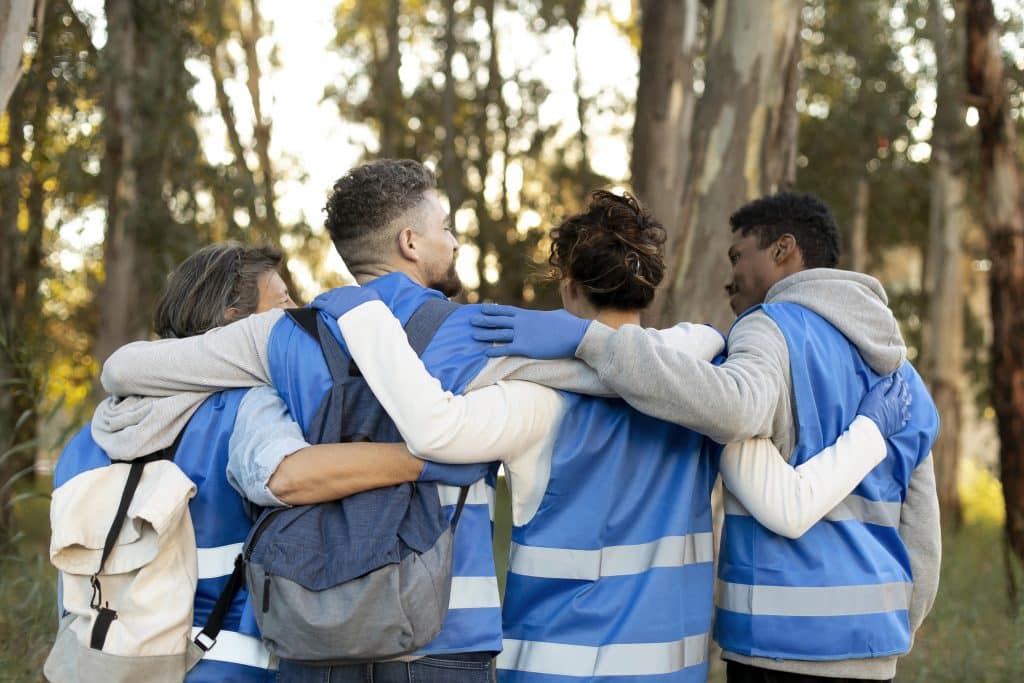
Community engagement: Building a prepared and resilient population
Data alone is not enough. True resilience requires citizens who are informed and engaged. Public understanding of risks strengthens community disaster preparedness.
Town halls, workshops, and online tools can make NRI data more accessible. Knowledge empowers individuals to prepare their households while contributing to collective safety.
Strategies for effective community engagement
- Targeted outreach: Partner with local leaders and organizations to reach vulnerable groups.
- Volunteer programs: Train CERT teams to support official responders.
- Drills and exercises: Practice evacuations and shelter-in-place scenarios.
Household preparedness, emergency kits, family plans, awareness, forms the foundation of community disaster preparedness.
Addressing Social Vulnerability: A critical aspect of risk reduction
The NRI highlights social vulnerability as central to disaster planning. Poverty, age, disability, and language barriers all hinder recovery.
Addressing these disparities is essential for equitable community disaster preparedness.
If elderly residents cannot evacuate due to mobility issues, or low-income families cannot afford supplies, disasters become human catastrophes. Tailored planning ensures no one is left behind.
Tailoring preparedness for vulnerable groups
- Accessible communication: Alerts in multiple languages and accessible formats.
- Inclusive sheltering: Facilities equipped for people with disabilities or pets.
- Resource distribution: Equitable aid prioritizing the most at-risk.
These approaches ensure community disaster preparedness accounts for everyone, not just the majority.
Enhancing community resilience: Strategies and best practices
Community resilience means not just bouncing back, but bouncing forward.
Investments in infrastructure, governance, and social networks all strengthen community disaster preparedness.
Resilience also depends on economic stability and social cohesion. Local businesses, volunteer groups, and strong leadership provide critical support during crises.
Key pillars of community resilience
- Planning and preparedness: Comprehensive emergency plans and drills.
- Economic stability: Diversified economies for faster recovery.
- Social capital: Strong trust and networks across communities.
Transparent governance and consistent updates ensure lessons learned improve future community disaster preparedness.
Leveraging future data and technology for ongoing preparedness
The NRI will evolve as new technologies emerge. AI, drones, and blockchain can enhance early warning, logistics, and aid distribution.
Integrating these tools with risk data will elevate community disaster preparedness to the next level.
Mobile apps and interactive platforms can help households assess risks and prepare.
This democratization of information strengthens both personal and collective readiness, securing the future of community disaster preparedness.
| Key Aspect | Brief Description |
|---|---|
| 📊 NRI Components | Expected Annual Loss, Social Vulnerability, and Community Resilience inform overall risk scores. |
| 🧭 Data Interpretation | Understanding nuanced risk levels aids in targeted and effective disaster planning. |
| 🤝 Community Engagement | Informing and involving residents builds collective responsibility and strengthens resilience. |
| 🚀 Future Readiness | Leveraging new tech and data ensures communities stay ahead of evolving hazard landscapes. |
Frequently Asked Questions (FAQ) about community disaster preparedness
The National Risk Index is a FEMA tool that assesses community-level risk for 18 natural hazards. It combines data on hazard exposure, socioeconomic vulnerability, and community resilience to provide a comprehensive risk score for every county and census tract in the U.S. This tool helps communities understand their unique risk profiles and prioritize mitigation efforts effectively.
The National Risk Index data is publicly accessible through FEMA’s official website. Users can search by state, county, or census tract to view detailed risk assessments, hazard profiles, and underlying data for their specific area. It’s designed to be user-friendly for local officials, emergency managers, and general citizens.
Social vulnerability highlights how demographic and socioeconomic factors can impact a community’s ability to prepare for, respond to, and recover from disasters. Addressing these disparities ensures that preparedness plans are equitable and inclusive, protecting the most at-risk populations, such as the elderly, low-income households, or individuals with disabilities.
“Community resilience” refers to a community’s capacity to resist, absorb, adapt to, and recover from the impacts of natural hazards. Factors contributing to resilience include robust infrastructure, strong social networks, economic stability, and effective governance. A higher resilience score indicates a community is better equipped to bounce back after a disaster.
Individuals can contribute by developing a household emergency plan, assembling a disaster kit, staying informed about local alerts, and participating in community preparedness programs or volunteer groups like CERT. Educating yourself and your family on local risks and response procedures significantly strengthens overall community readiness.
